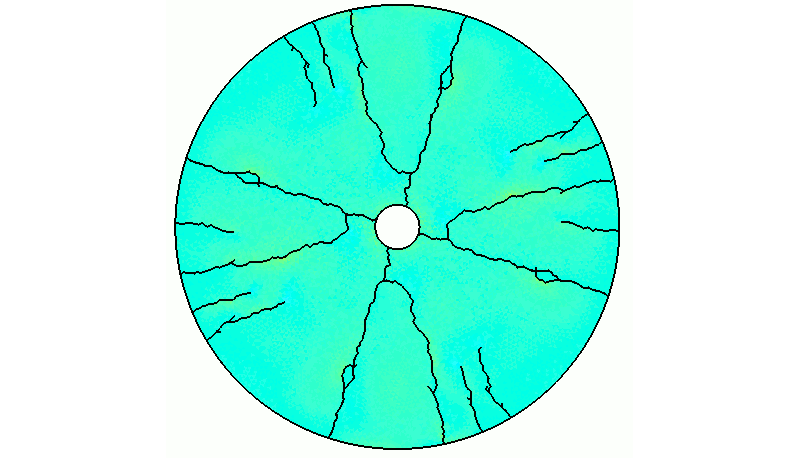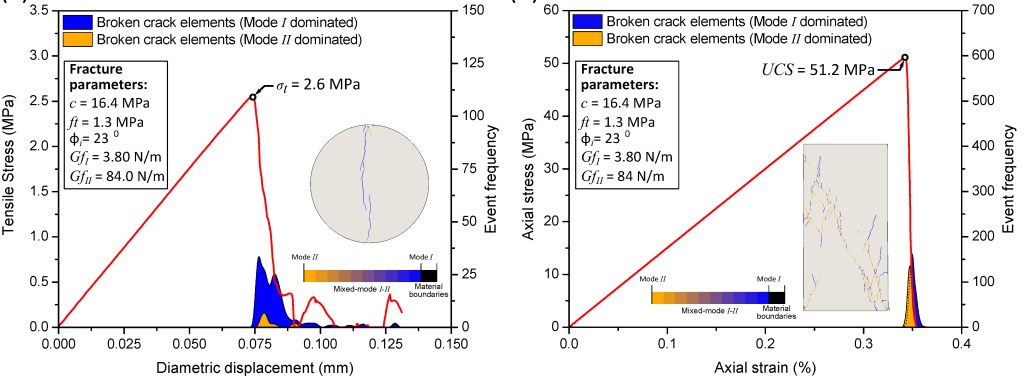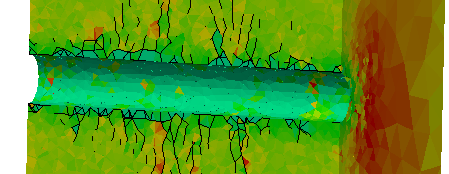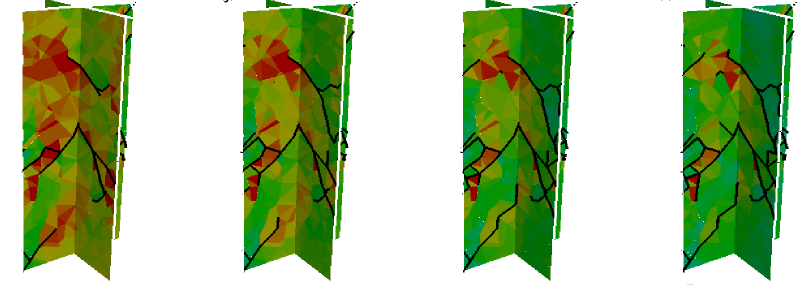Understanding and predicting the the rock mass mechanical response to temperature variations is relevant for a number of geo-engineering applications, including: underground disposal of nuclear waste, geothermal energy extraction, underground LNG storage, geological sequestration of CO2, and coal bed gas extraction. We are pleased to announce that we have been working on the introduction of … Read more
FDEM
The ability to capture increasingly complex behaviours within a numerical simulation is typically accompanied by an increase in the number of input parameters that must be specified. Inevitably, with additional physics come additional parameters to govern these physics. Critics of numerical modelling often cite the uncertainty associated with parameter selection as a reason to avoid … Read more
We are excited to announce that we have implemented a mechanically-based model of the rock-reinforcement interaction process. The methodology represents an adaptation of the reinforcement elements first developed for FDEM analysis of reinforced concrete (Zivaljic et al. 2013) and modified to make them suitable for modelling rock masses. From a numerical viewpoint, the reinforcement model … Read more
Following up from our previous blog post on 3D FEMDEM Simulations, 3D simulations of a tunnel excavated in a weak rock (resembling properties of a clay shale) are presented here (E=3.8 GPa, ν=0.25, σt=0.41 MPa, c=5 MPa). In this simplified case study, the entire length of the tunnel was excavated at once at the beginning … Read more
We have been working on a prototype of three-dimensional FDEM. We’ve implemented most of the critical features into the code, including a quasi-static friction law, Mohr-Coulomb failure criterion, and transversely isotropic elastic constitutive law. We’re excited to showcase some of the simulations results here. The figure below shows the simulation of a uniaxial compression test … Read more




